Obstacles hinder the switch to E5 biofuel
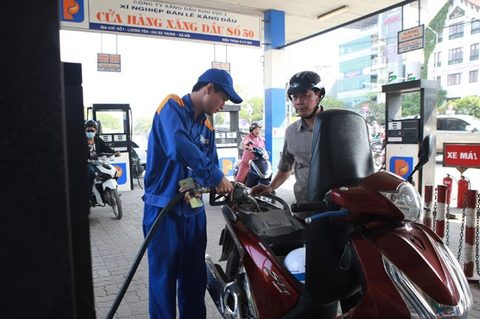 |
| Cleaner petrol: A man buys bio-fuel at a petrol station in Ha Noi. - VNA/VNS Photo Hoang Hung |
According to calculations by the Ministry of Industry and Trade (MOIT), from the beginning of 2018 when RON A92 petrol disappears, the country will need about 5.5 million cubic metre of E5 fuel. This means creating 250,000-270,000 tonnes of Ethanol E100 as the raw material for bio-fuel blending.
MOIT forecasts that the domestic supply of E100 will reach about 520,000 cubic metres per year, adequate to meet the demand for the blend of the new environmentally friendlier E5 fuel, a mix of A92 petrol (95 per cent) and Ethanol E100 (5 per cent).
At a conference held by the Ministry of Industry and Trade on Tuesday in Ha Noi, Phan The Rue, chairman of the Viet Nam Petroleum Association (Vinpa), said that although many large petrol agents had urgently prepared for the supply of E5 bio-fuel to meet local and national demand, the State still needed to support petty traders with weaker financial capacity so that they can keep up with the changes.
To qualify for selling E5 bio-fuel, traders need to allocate additional fuel pumping facilities and storage tanks for biofuel E5 at their petrol stations. This requires a large amount of capital. Other expenses involved could also be quite high, Rue said.
Apart from this, consumers were not really confident about E5 fuel, Rue said, adding that the current E5 bio-fuel consumption accounted for only 9 per cent of total petroleum consumption in the market.
A representative of the Department of Industry and Trade in HCM City - one of the pioneers in the application of E5 bio-fuel - said that on August 31 this year, the city had 240 out of 533 petrol stations distributing E5 bio-fuel.
Average consumption reached more than 8,000 cubic metres a month, accounting for only 6.2 per cent of total petrol consumption in the city, down 3.3 per cent compared with 2016.
"E5 bio-fuel consumption experienced a downtrend because consumers still haven’t got used to its use. Meanwhile, retailers have taken no measures to try and change this situation,” he said.
Many agents and retailers are complaining about the prices of biofuel E5, which is higher than that of Ron A92 by about VND230 per litre.
With higher production costs than other kinds of petrol, E5 requires higher capital, but offers less profit.
The representative said some companies had sent petitions to the HCM City Department of Industry and Trade, asking it to suspend the trading of E5 petrol due to the low volume of sales and low profits that cannot offset operating costs.
Unstable supply
At the conference, Nguyen Manh Hung, deputy chairman and general secretary of the Standard and Consumer Association, said the benefits of E5 bio-fuel had been widely propagated and its quality standards had also been guaranteed by the Government.
However, the source of cassava, the main raw material in the production of ethanol used for the mixture of E5 fuel, was dependent on weather conditions, leading to shaky yields and prices, directly affecting the supply and prices of the special bio-fuel.
“Previously, cassava was sold for about VND1,500-1,700 per kilogramme. But since the first ethanol plant was put into operation, cassava prices have climbed to VND3,500 per kilogramme, or even to VND4,500-5,000 per kilogramme,” Hung said.
He is concerned that when more ethanol plants come into operation, the demand for cassava will jump.
Moreover, as cassava prices rise while crude oil prices fall sharply from $147 per barrel in 2008 to about $50 per barrel now, domestically-made E5 bio-fuel will be less competitive compared with imported mineral fuel RON A92.
According to Luu Quang Thai, chairman of the Viet Nam Bio-fuel Association, stabilising the supply of cassava as well as keeping it traded at reasonable prices is a must to make E5 bio-fuel prices competitive.
According to experts and businesses, proper policies on pricing, taxes and other fees are necessary to ensure that the A92-to-E5 switch stays on track.
Policies should encourage consumption and support petrol distributors and producers to ensure supply, they said.
What the stars mean:
★ Poor ★ ★ Promising ★★★ Good ★★★★ Very good ★★★★★ Exceptional
Latest News
More News
- Swing for the Kids 2024 tees up opportunities for Vietnam's youth (October 12, 2024 | 10:00)
- HCM City approves 9 billion-USD Can Gio coastal urban development project (October 08, 2024 | 15:56)
- Nha Trang Bay submarine services pilot programme extended to next March (October 08, 2024 | 15:45)
- Swing for the Kids scholarship motivated by beneficiary’s kindness and maturity (October 08, 2024 | 12:35)
- Inflation takes focus to circumvent typhoon impact (October 04, 2024 | 17:06)
- Hanoi sets sights on becoming innovation hub (October 02, 2024 | 10:00)
- Experts discuss dengue fever prevention in Vietnam (October 01, 2024 | 17:04)
- Vietnam’s economy on track for 6.5 per cent growth despite Typhoon Yagi, says HSBC (October 01, 2024 | 16:46)
- Leadership focused on economic progress (October 01, 2024 | 10:00)
- IMF predicts Vietnam's economic growth to reach 6.1 per cent in 2024 (September 30, 2024 | 18:26)



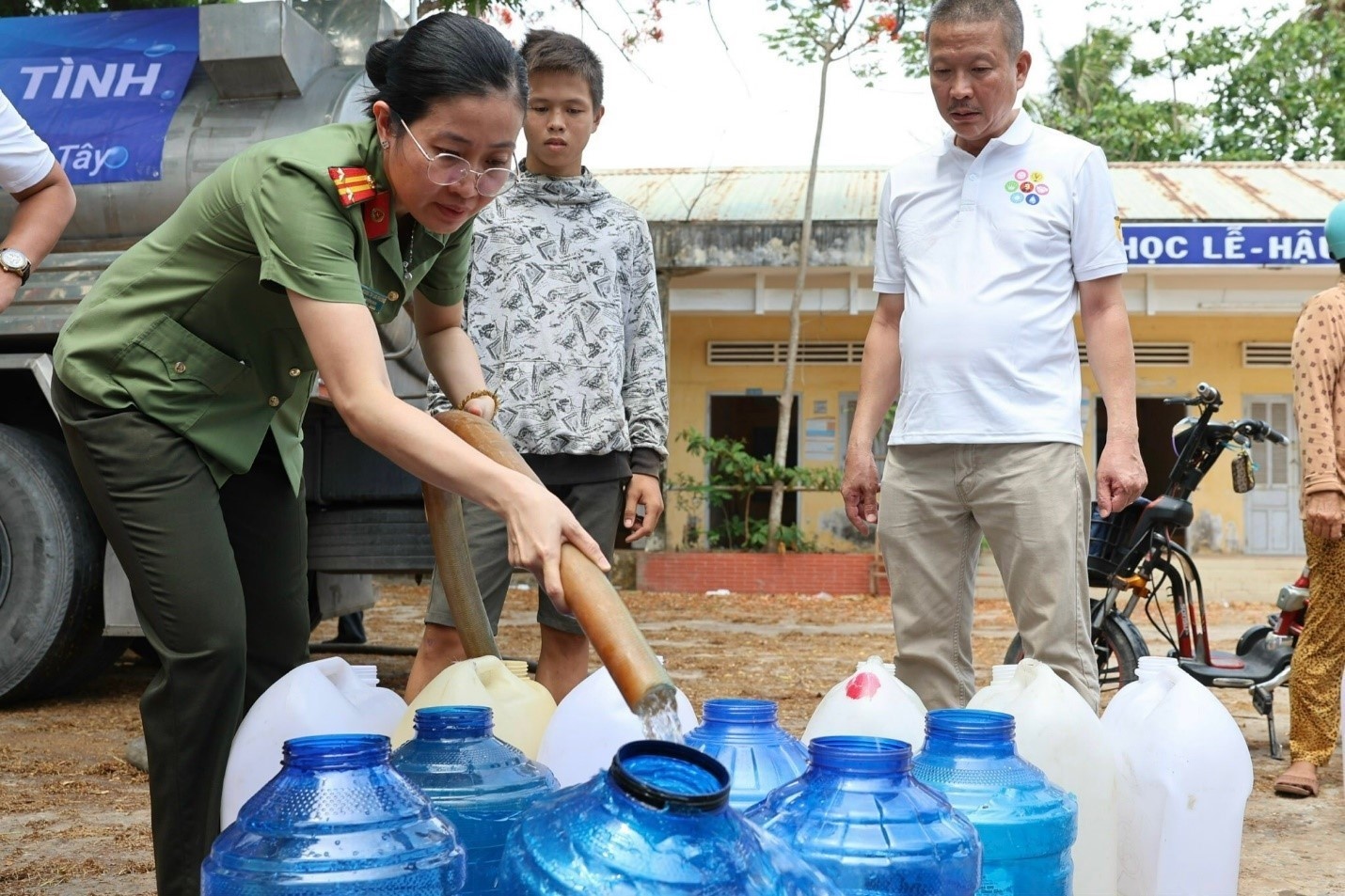
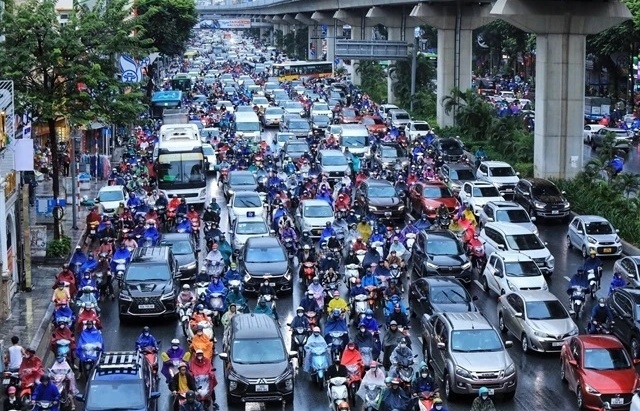




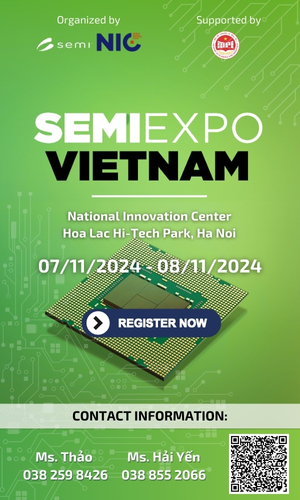




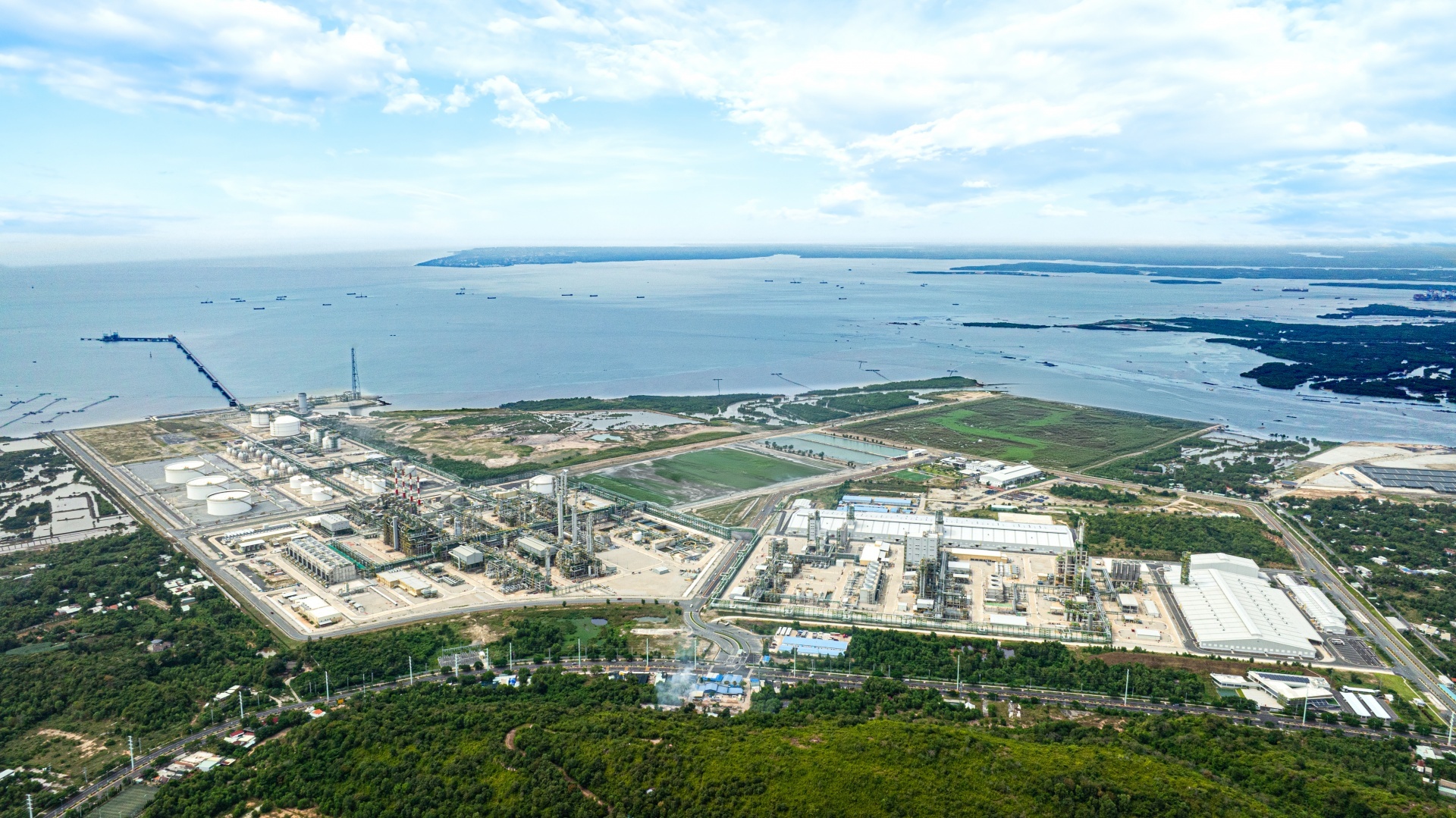




 Mobile Version
Mobile Version